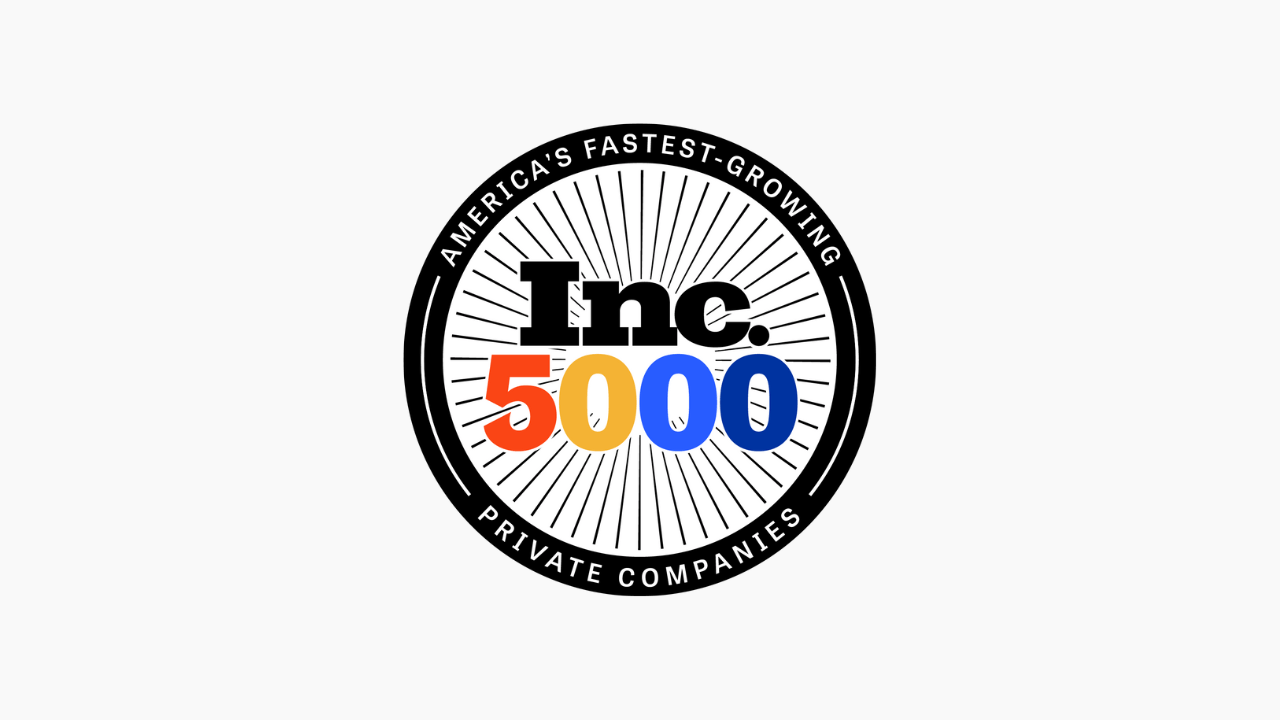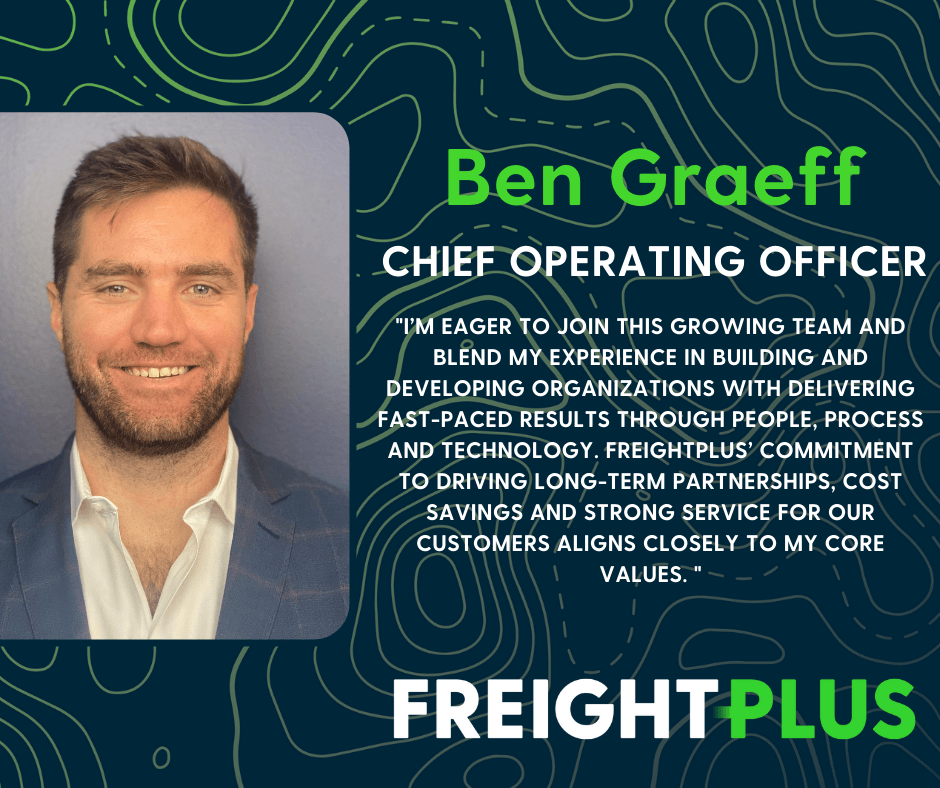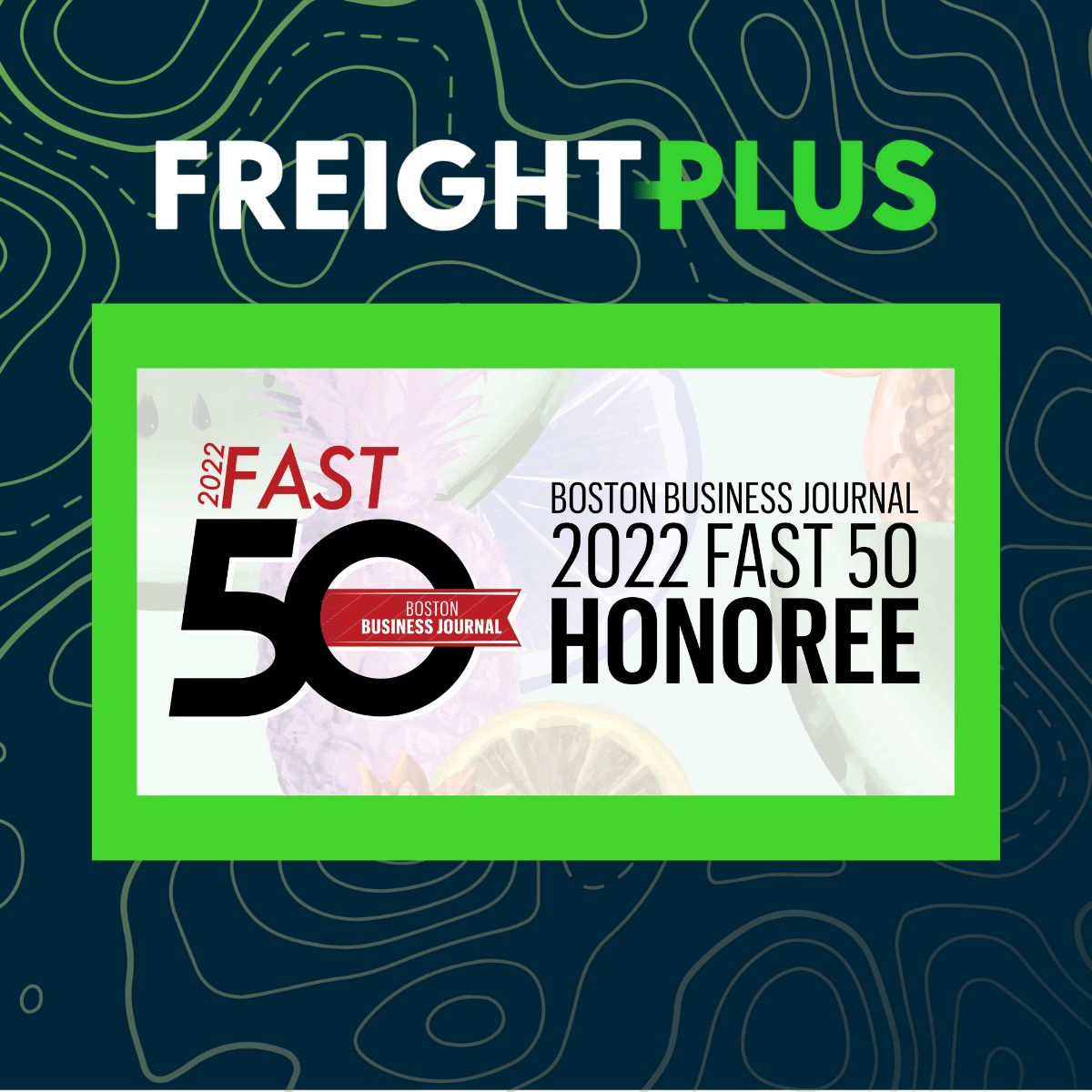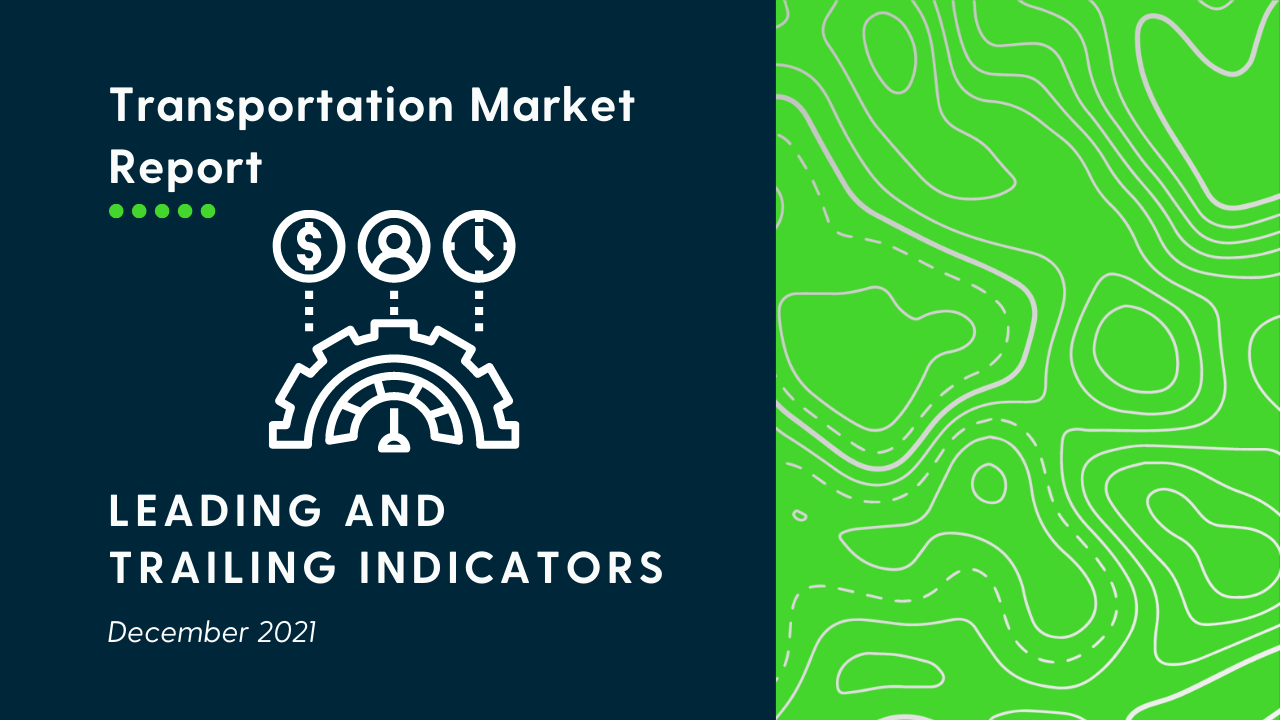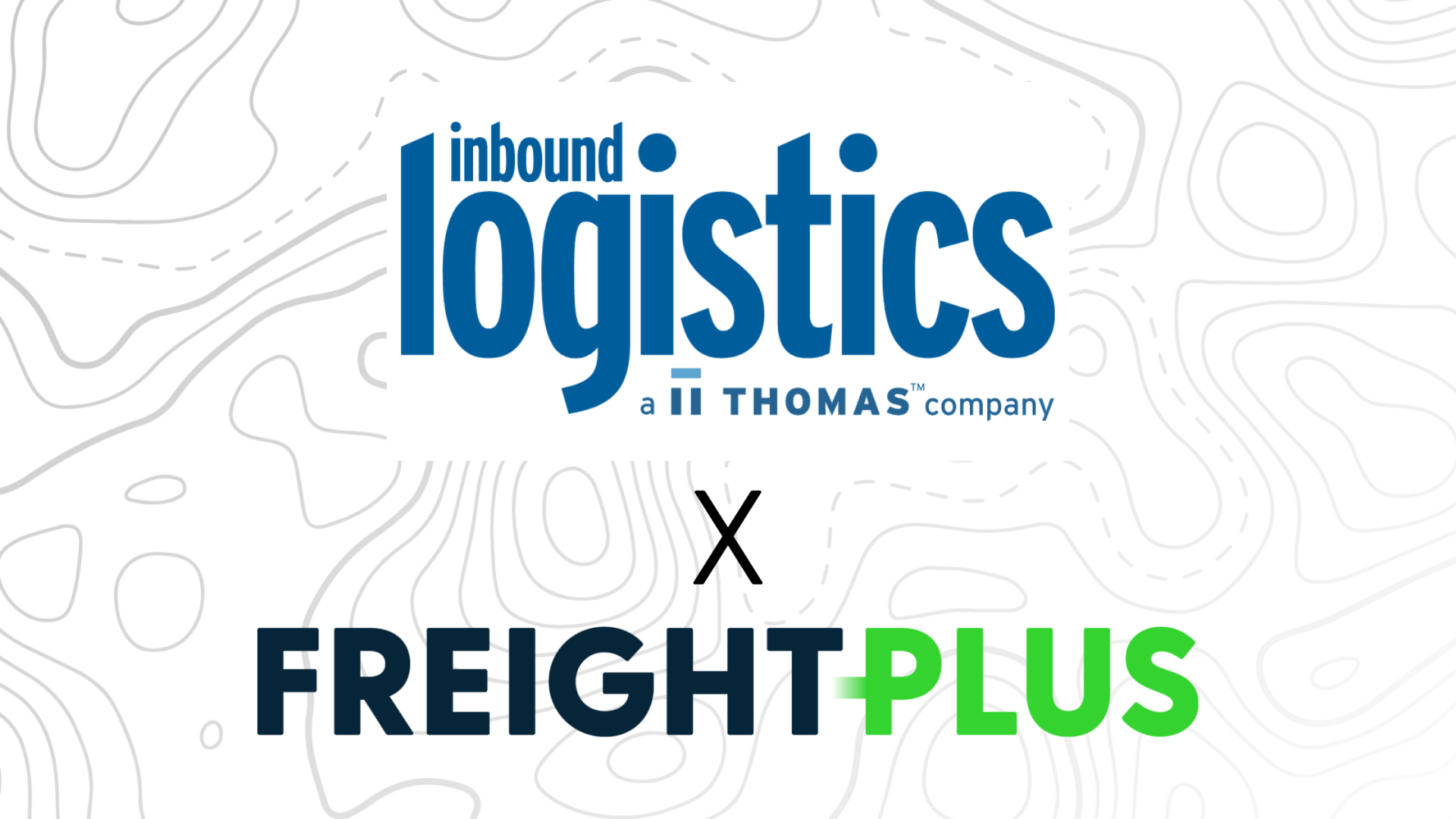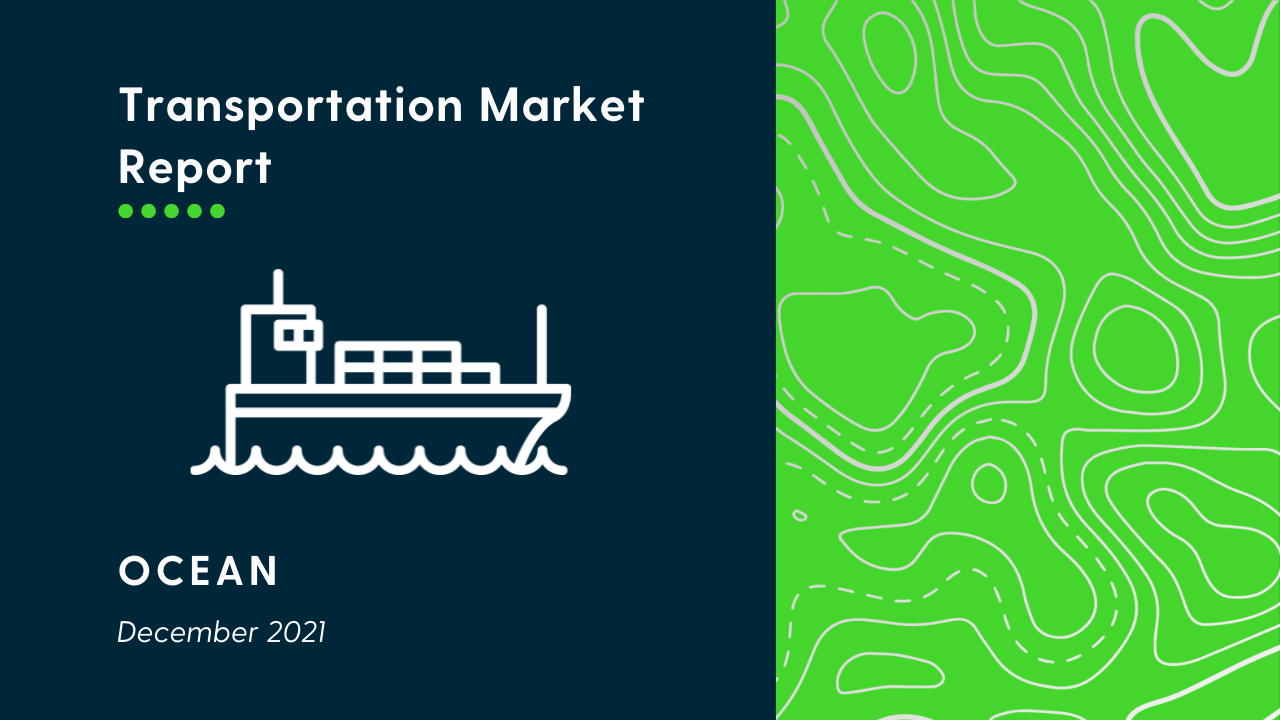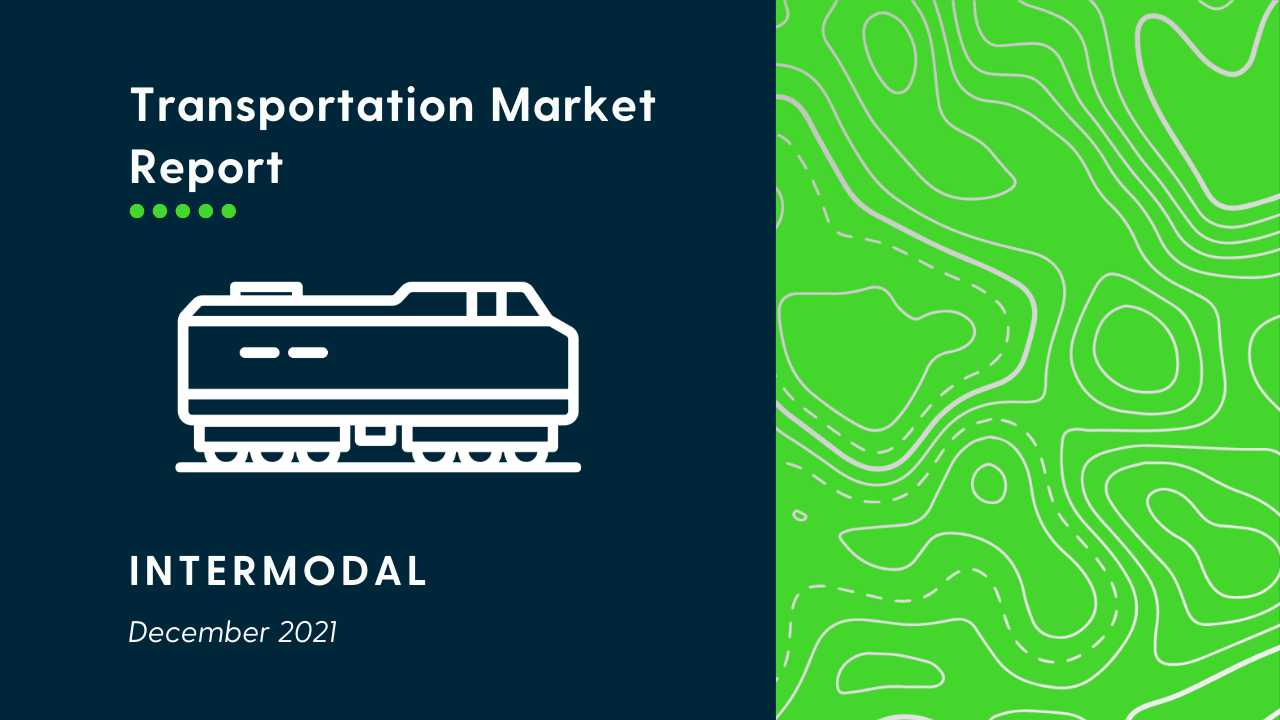Illustrating 5 Levels of Freight Visibility
Illustrating 5 Levels of Freight Visibility
Steve Aborn, freight visibility expert, illustrates the five levels of freight visibility. The five levels are as follows:
- No Visibility
- Free TMS
- Stand-alone TMS
- Fully Integrated TMS
- Full Visibility
Visibility is a hot topic in the industry today. When we talk about visibility we want to talk more about the tracking of the movement of freight but also visibility to data and the ability to share information. A key component when working in transportation and supply chain is how effectively, quickly, and accurately you are able to share information.
No Visibility
Many shippers when they first start out are in this no visibility world. Laptops and computers are the source of information and the way we spread files. The most common files to see are email tenders and excel tracking. Companies will lay out their shipment and information on an excel file and update the file when receiving information through email in order to track the freight. This is a good start but a big problem with this method is that it is manual, slow, human intensive and doesn’t give you a lot of the connections we are going to talk about today. Some more issues that come with this method are it is not automatic, it is very error-prone and it is not at all scalable.
Free TMS
The next level up is an introductory TMS. Many companies will work with a broker TMS. This is a step in the right direction - they have some capabilities to connect with trucks. This method is not the most effective way to communicate with carriers because it is not customized to you and can be missing product or location information that you may need.
Stand-alone TMS
The third version of TMS we would see is stand-alone or an off-the-shelf TMS. This is typically used when there is one piece or component of transportation that a company is trying to solve for. Companies go through a bid process and select a software partner and end up with a TMS that follows one component of what they need. In this model there really isn't any robust freight tracking capabilities and it is not broadly integrated. It also lacks communication channels with your trading partners. However it does provide a TMS unique to your company and does track some of the things we would look for out of a full level 5 TMS.
Fully Integrated TMS
The fourth level of TMS is what we call a fully integrated TMS. In this version you have a broad integration with your carriers, contracts with your carriers, the ability to tender and you can receive invoices. This version is really just a stand-alone TMS, like version 3, but it is not missing the big pieces that version 3 is missing. You are able to connect with your freight carriers but not necessarily your internal facilities.
Full Visibility
In full visibility you have your base TMS that is integrated not only with your freight carriers (for contracts and API and EDI tracking) but also to your warehouses or manufacturing plants and to your suppliers. All of these connections allow you to seamlessly interact with your trading partners. The last part of the level 5 model is robust data and data storage structures. All activities that are going on throughout this process whether its orders, manufacturing, tracking and tracing, and communicating with carriers is being stored in a database and is easily passed along. This provides you with full and complete visibility and is really the end goal especially when looking at large complex organizations. This is what we at Aborn are trying to recreate and package up and bring to our customers, you.
That is all for freight visibility for today! Thanks for watching!

